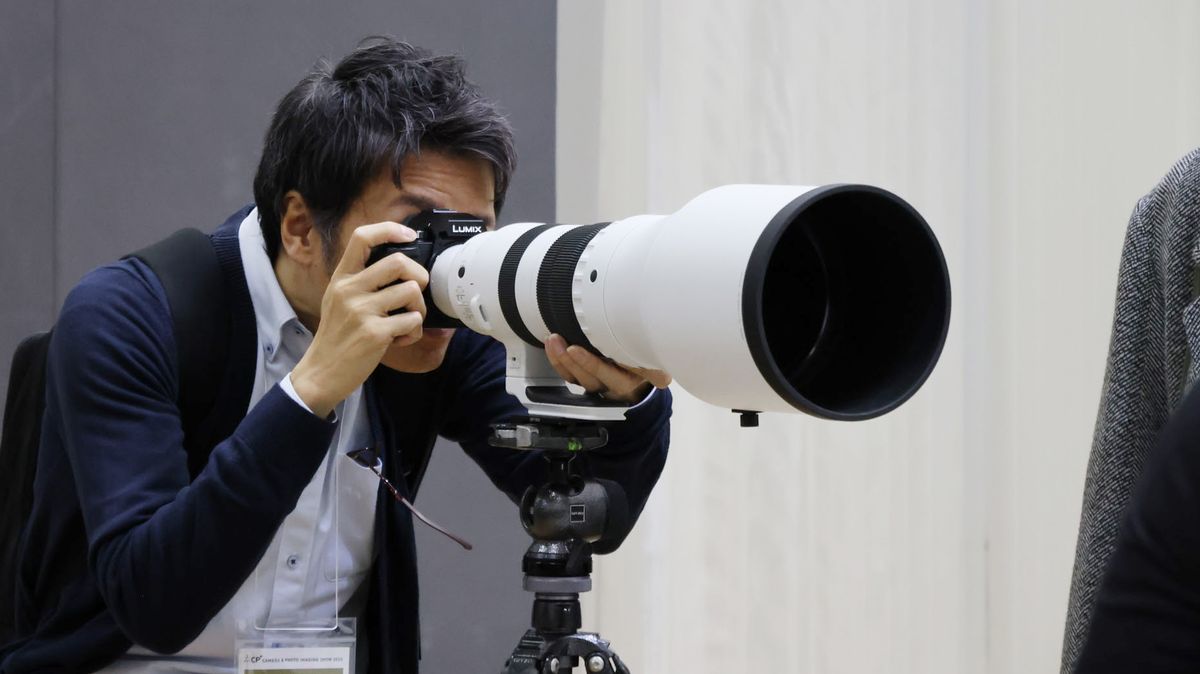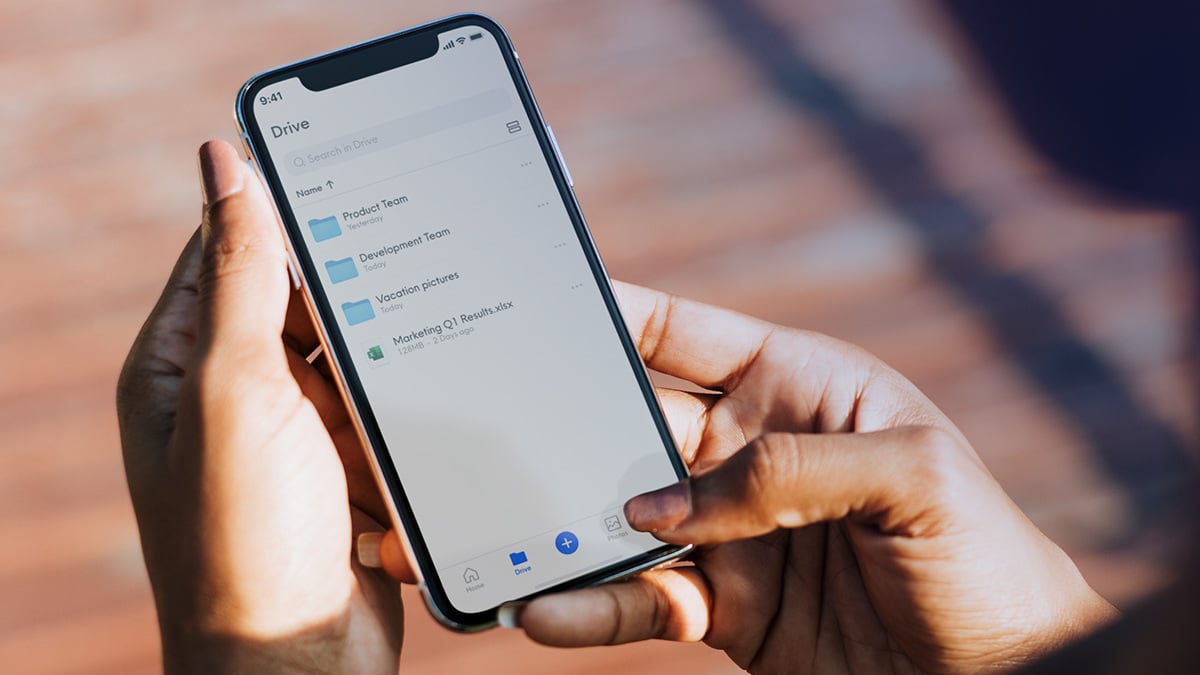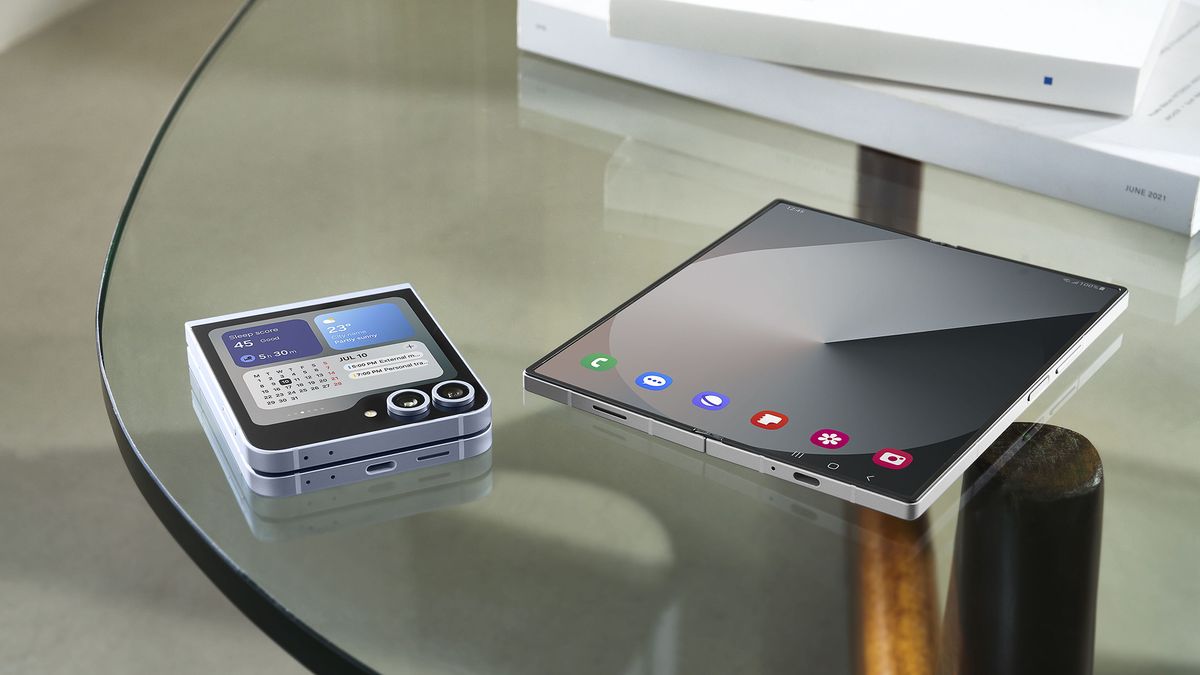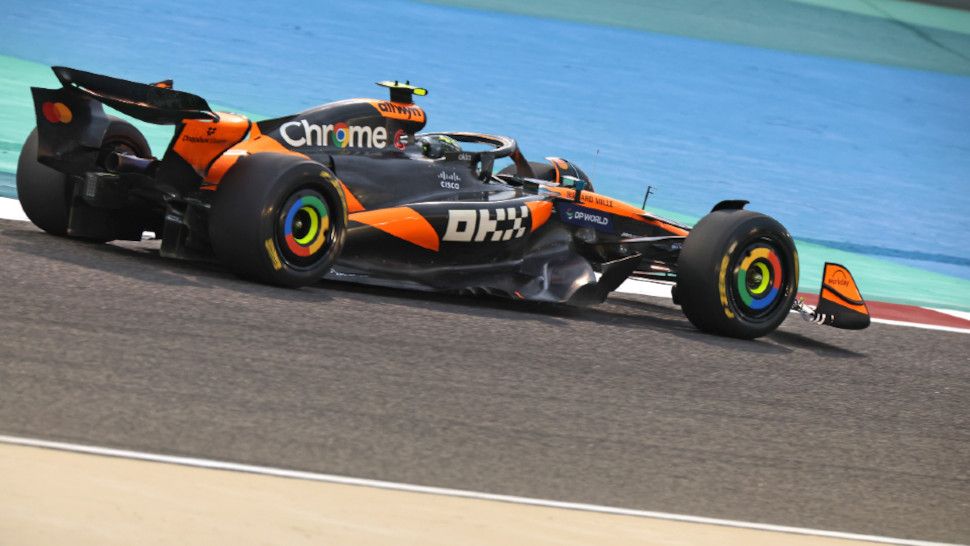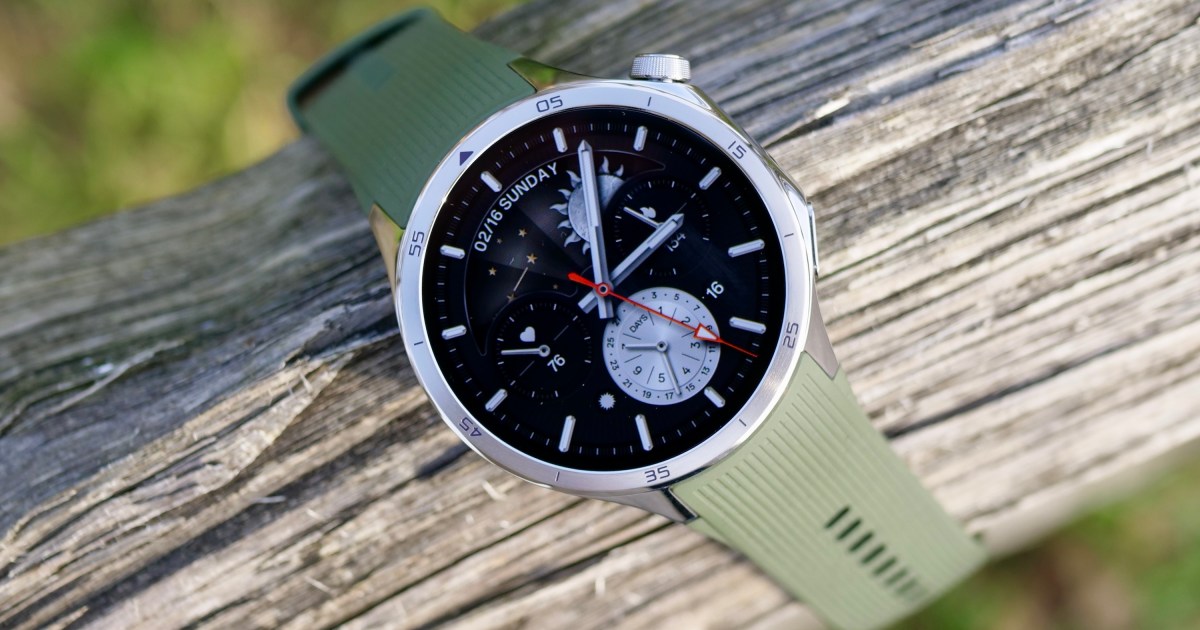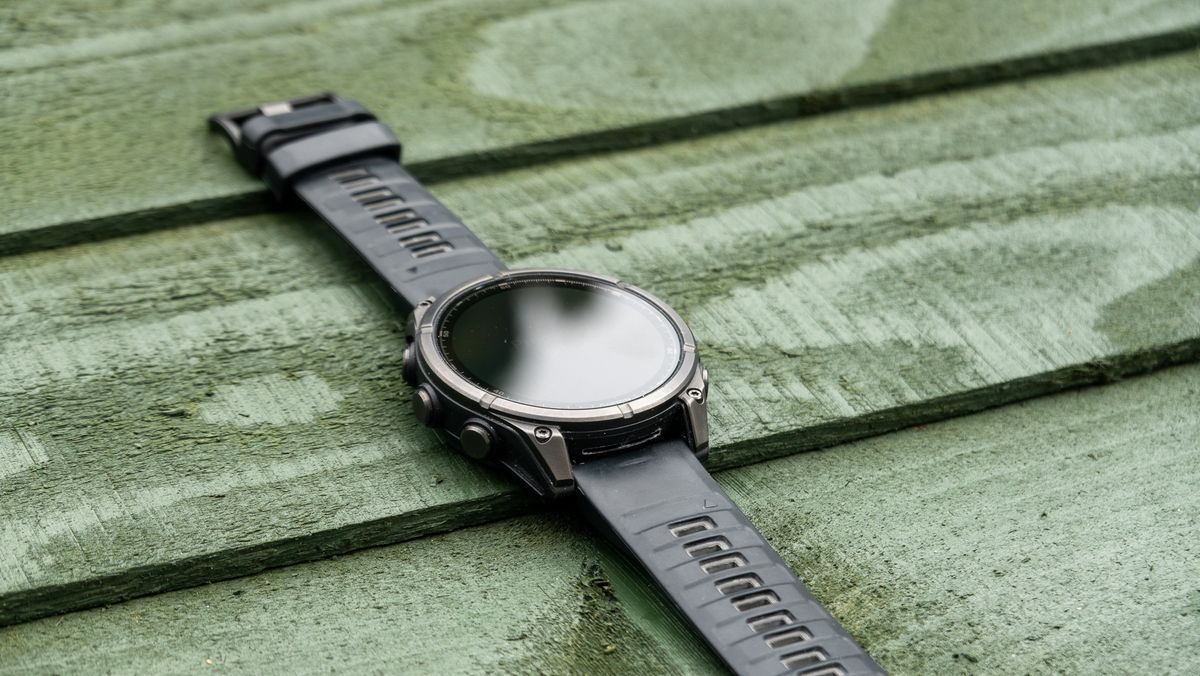
I Tried the Garmin Fenix 8 During a Dive: Did It Convince Me to Buy It?
Could the Garmin Fenix 8 become my favorite diving watch?
Since I resumed diving, I've been on a constant journey of experimentation. I've tried various dry suits, different types of buoyancy systems, including traditional BCs and more aerodynamic wings. However, the most important thing is that I've been using some of the most popular dive watches and computers on the market today.
In the current economy, having a device that not only tracks dives is essential. An all-in-one adventure watch that's multipurpose is the ideal solution. While I adore the sleek interface of my Apple Watch Ultra 2 and its integration with the iPhone, the diving features are very basic unless you stick to the Oceanic+ app, which I've tried on several occasions.
The Garmin Fenix 8 caught my attention when it was launched last year. Although I haven't been able to dive much during the winter, I've taken some local excursions to stay active.
At first contact, Garmin has been recognized for producing some of the best running watches, but each new release offers more functionalities. Currently, the technology allows for complete dive tracking directly from the wrist. I usually carry a Suunto on my dives due to its affordability and simple interface. However, when I tried the Garmin Fenix 8, I immediately noticed its excellent build quality, with a titanium body and a sapphire crystal AMOLED screen. The durability meets the claims, as it has been tested according to U.S. military standards for thermal resistance, impact resistance, and water resistance up to 100 meters.
It took me a while to get used to the five physical buttons, as for beginners, the watch isn't as intuitive as some others I've used. However, once you adapt, it's easy to navigate through the different menus, and the touchscreen is also functional on land. I used the 47 mm model, which is a mid-size; it’s visible under the water without looking too large in everyday life.
Additionally, I enjoyed the watch's flashlight, which has four brightness modes and a red option. Unlike the Apple Watch Ultra 2, which uses its screen as a light, the Fenix 8 has a dedicated LED that proves more practical in practice. The function to activate and deactivate the touchscreen was also convenient to avoid accidental touches.
In diving, the interface is crucial. In U.K. waters, where visibility can be very limited, a bright and clear computer is essential. It's easy to input the gas mixture and planned depth to calculate the NDL (no-decompression limit) and the MOD (maximum operating depth). I liked being able to plan the second dive from the start, considering how the parameters of the first affect the second.
The ability to customize the main dive screen is what I enjoy the most. My setup includes a compass on the top bezel, water temperature, current depth, and dive time. I also wanted to monitor NDL and CNS (central nervous system) statistics in real-time. Garmin also offers Body Battery metrics and recovery analysis that help determine how intensely one can train and how safe it is to dive since poor recovery can increase the risk of decompression sickness.
I have used the Garmin Fenix 8 on several dives, including six to over 20 meters in winter, where natural light is scarce. While the watch supports dives up to 100 meters, the diving functionality cuts off at 40 meters, which is suitable for recreational diving. It’s worth noting that it is not suitable for technical divers, as it only supports single gas mixtures, such as air or nitrox (up to 40%).
The watch's multi-band GPS allowed me to automatically track my entry and exit points, which is invaluable for keeping a log of my dives. Additionally, I customized the time it takes for the dive log to disconnect once I surface, which is useful for avoiding frustrations during unplanned surfaces.
So far, the watch has proven to be resilient in waters up to 4°C, and I was more impressed with it than with my fingers, which suffered from Raynaud's and were cold after a 55-minute dive. Despite the low temperatures, I didn't notice a significant change in battery life, although I haven't tested it in warmer waters.
Although the Fenix 8 is packed with features, its interface can be a bit overwhelming at first. The companion app, while rich in detail, lacks an interactive design that facilitates navigation, and the dive profile is not interactive like in other apps, which can be a drawback.
In conclusion, the only notable downside of the Fenix 8 is the lack of air integration. It does not support wireless tank pressure monitoring, which limits its appeal compared to other devices. Nevertheless, its battery life of 16 days in smartwatch mode is impressive, and it can extend up to 23 days in power-saving mode. The Garmin Fenix 8 is a valuable option for those seeking a dive watch as well as a multifunctional outdoor activity watch.
In terms of price, the Garmin Fenix 8 costs around $1,100 / £950 / AUD $1,850, placing it in a premium yet affordable range. If you're looking for a comprehensive dive computer that is also useful on land, it's worth the investment, although it would be ideal for future models to include air integration for greater effectiveness as a primary computer.
